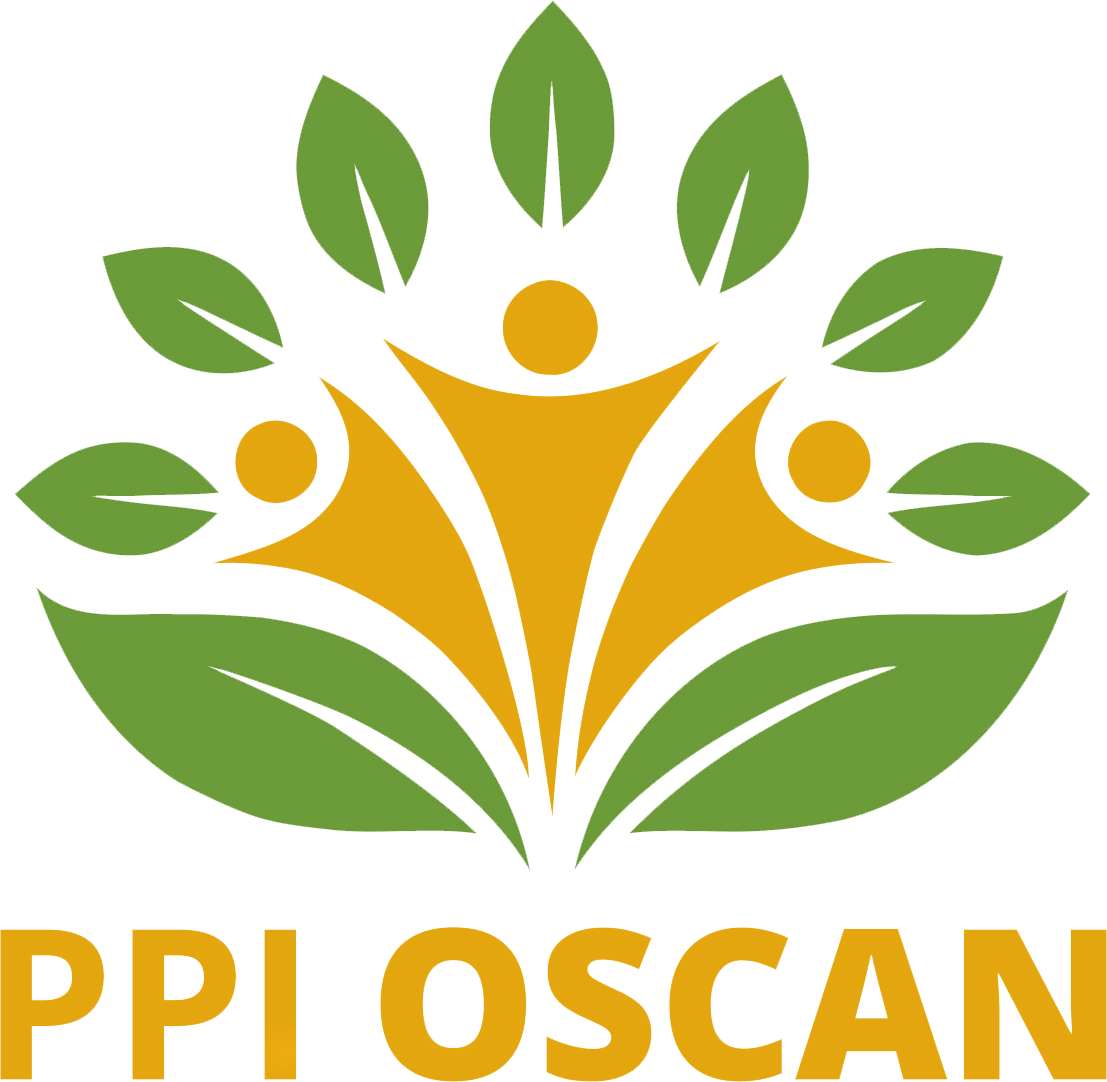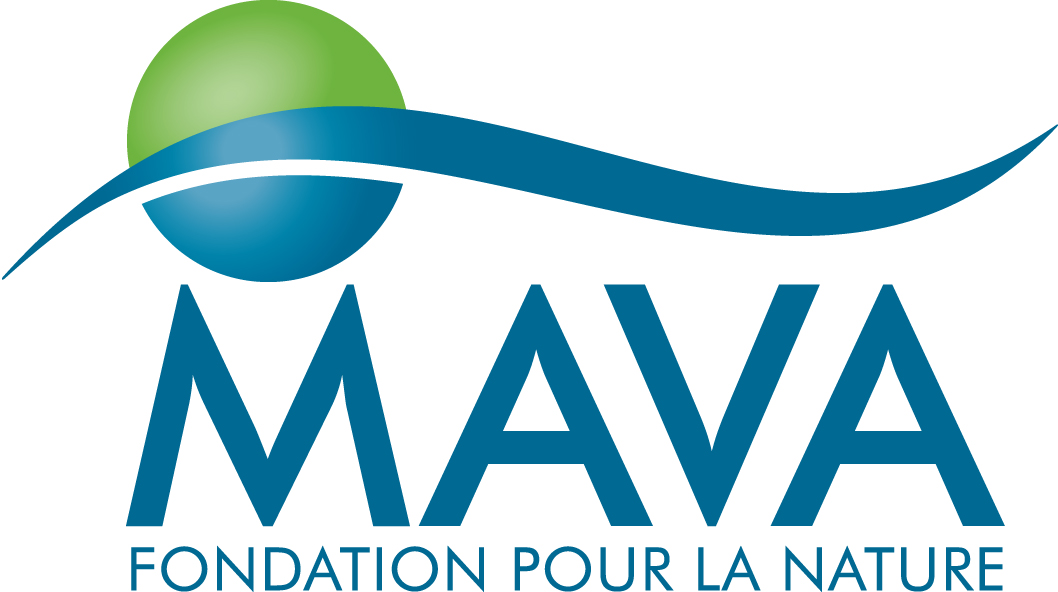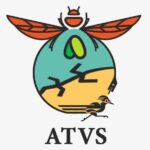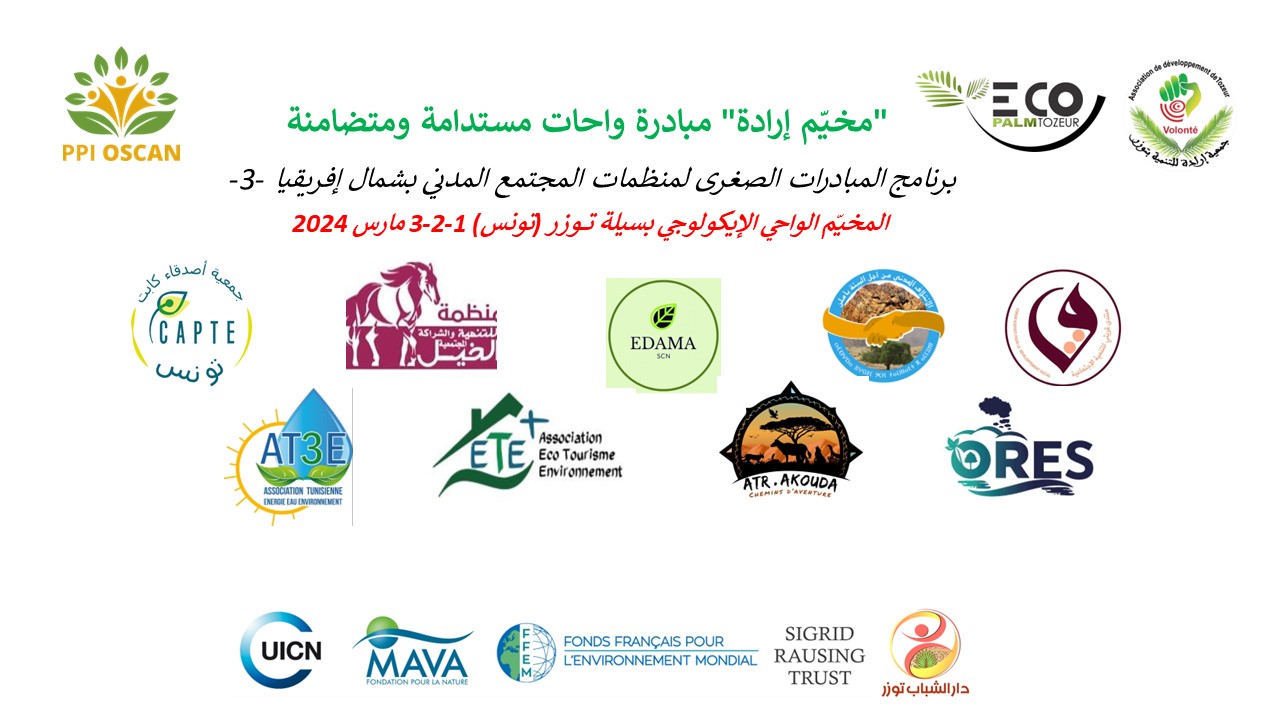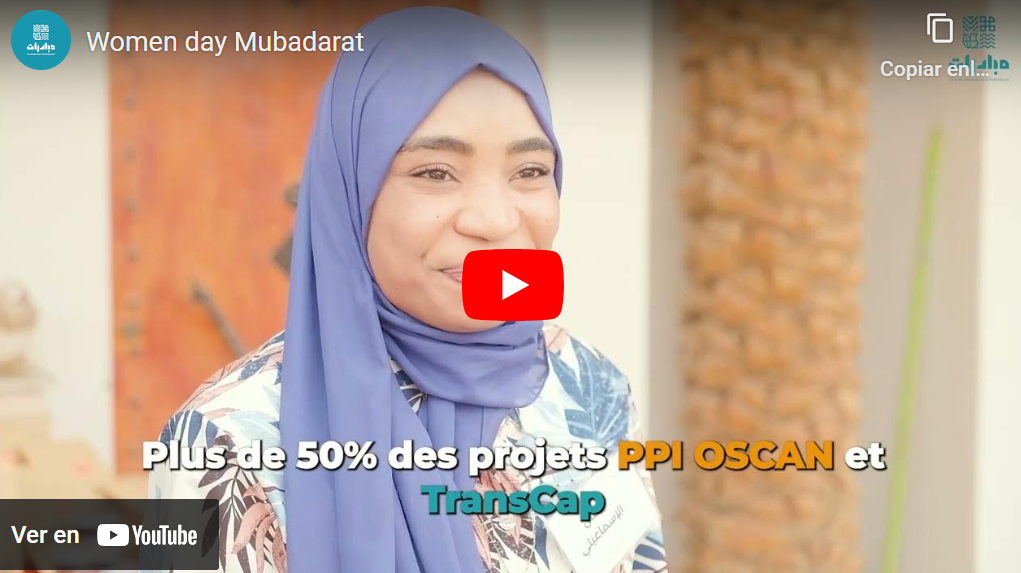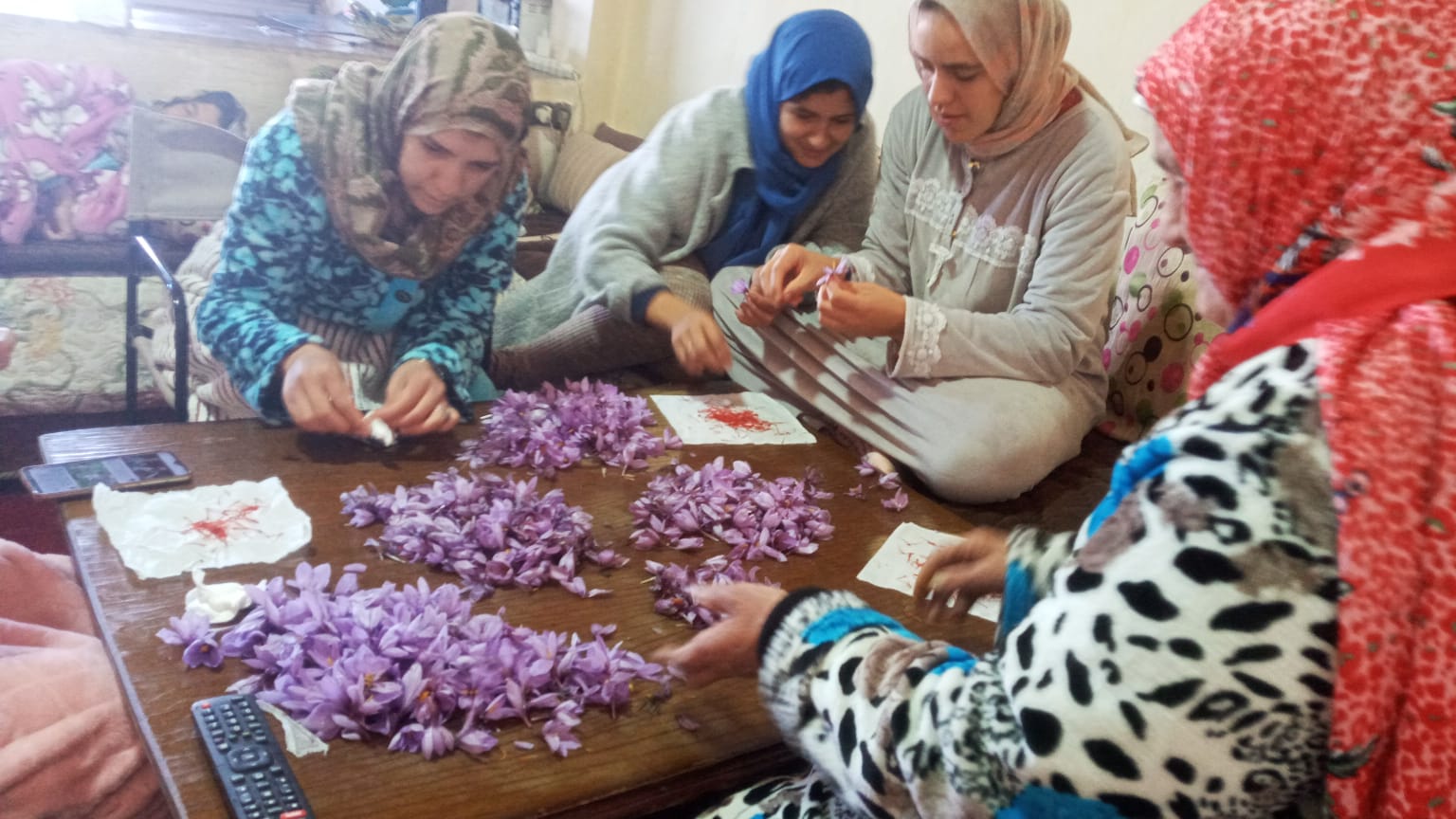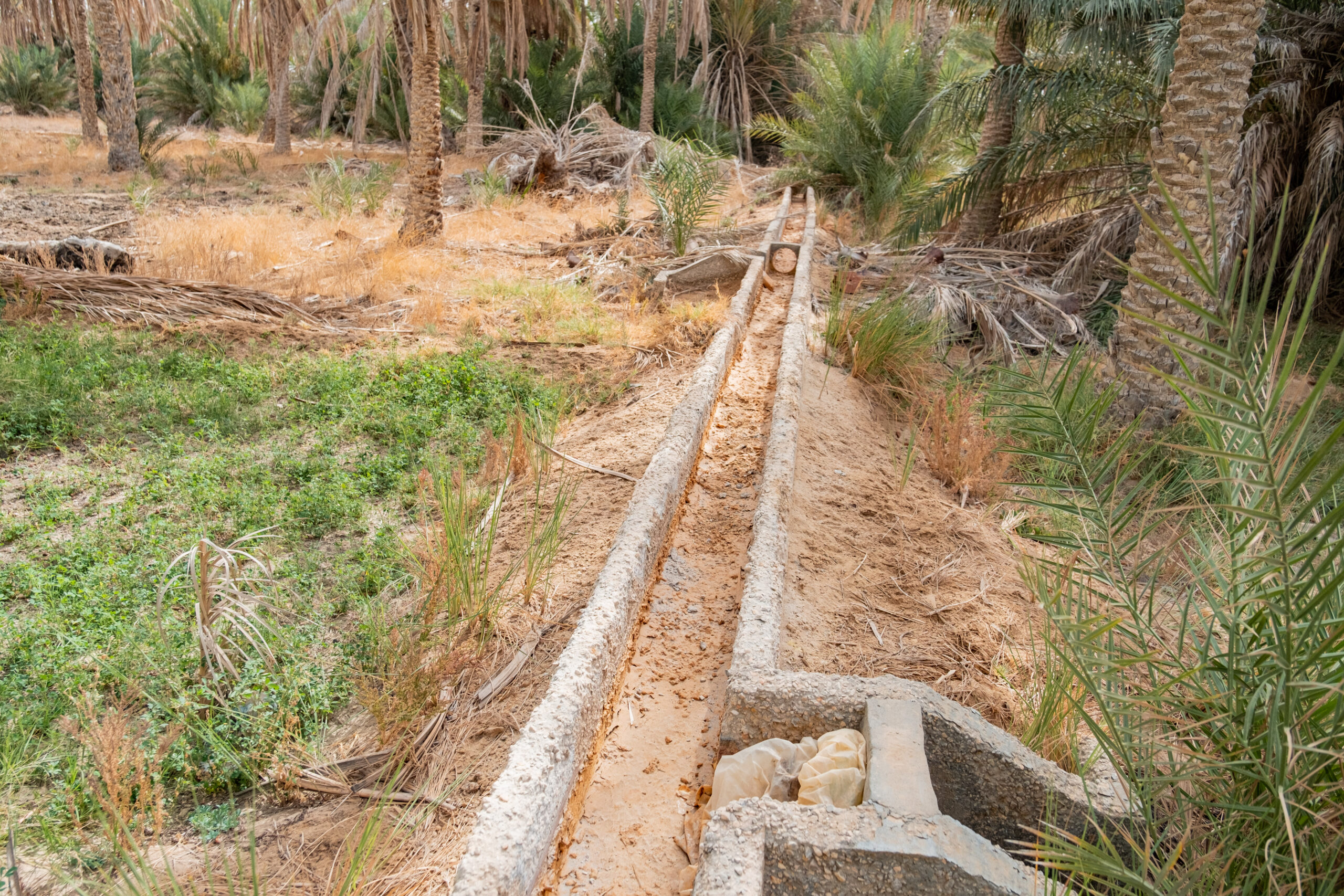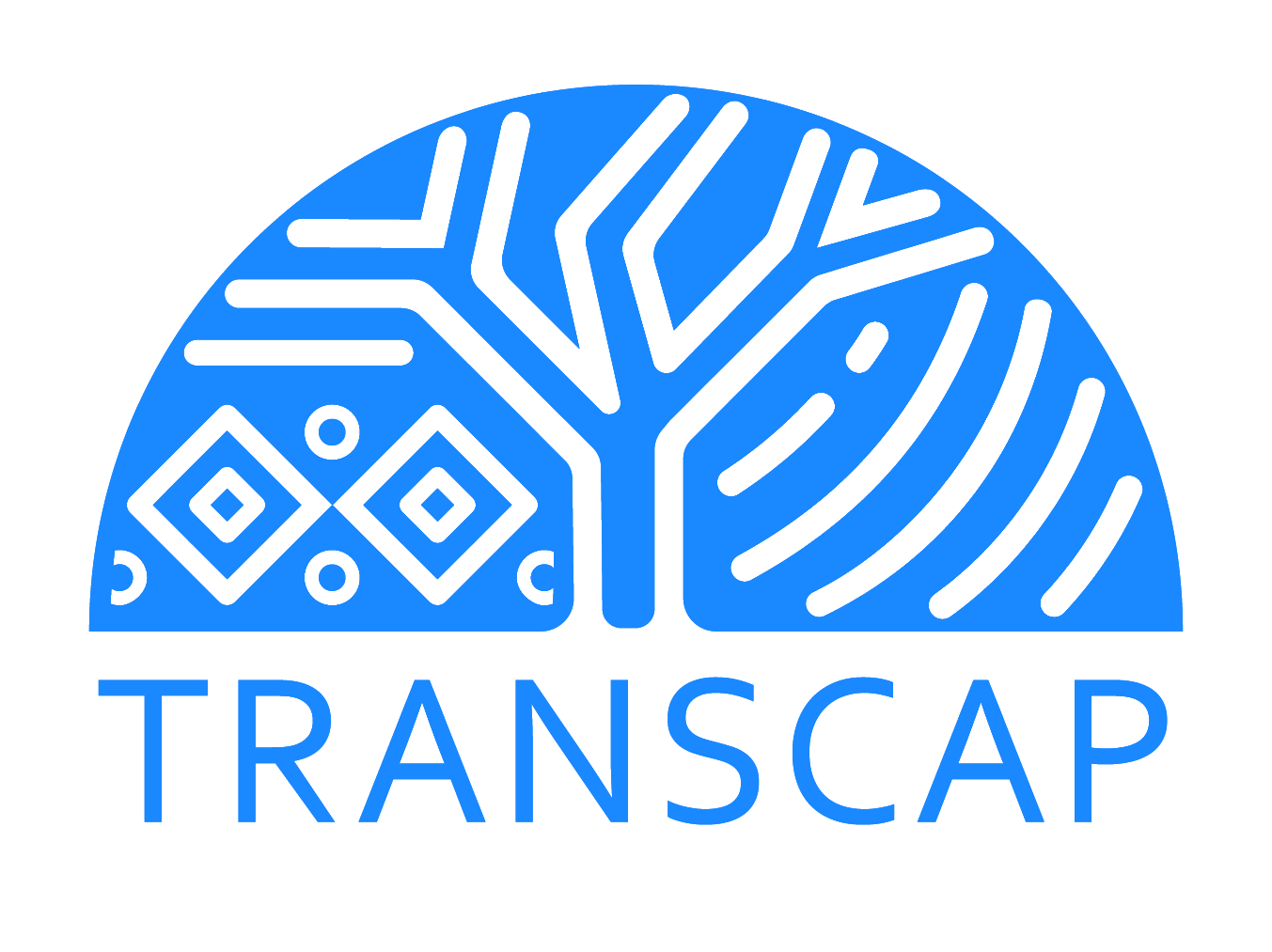In Tunisia, within the Bouhedma National Park, lies the only savannah landscape formed of steppe flora of Acacia tortilis. Because of the unique nature of this ecosystem and the importance of conserving its species in Tunisia and the Maghreb, the national park created in 1980 is also part of the UNESCO network of biosphere reserves since 1977.
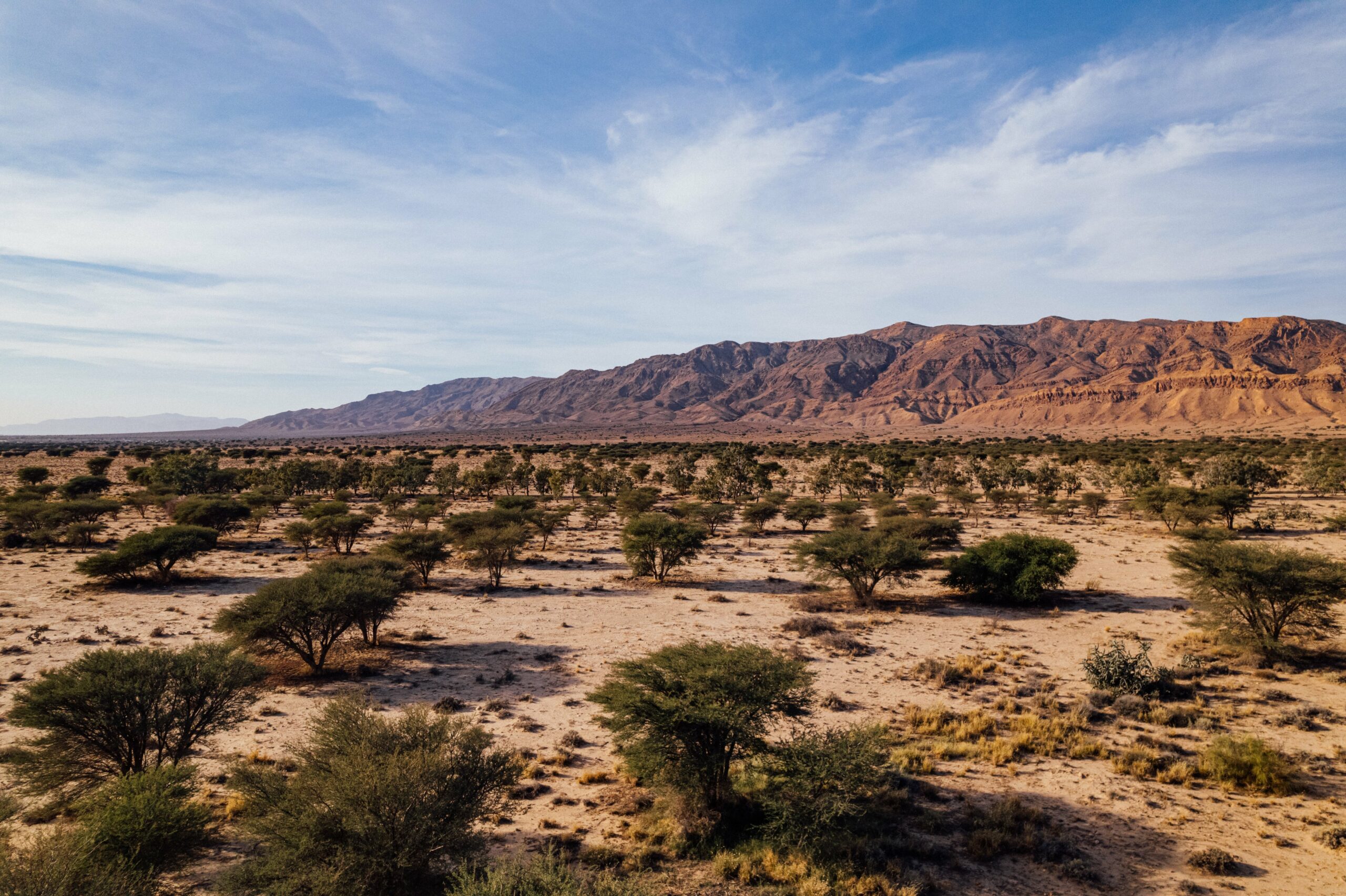
The park attracts the attention of numerous scientists and visitors wishing to discover this unique vestige of an ancient pre-Saharan savannah and its wildlife listed on the IUCN Red List of threatened species, such as the Oryx algazelle (extinct in the wild), the addax (critically endangered), the red-necked ostrich (critically endangered), the bighorn sheep (vulnerable species), the dorcas gazelle (endangered), the striped hyena (near threatened), and the Bonelli’s eagle (endangered).
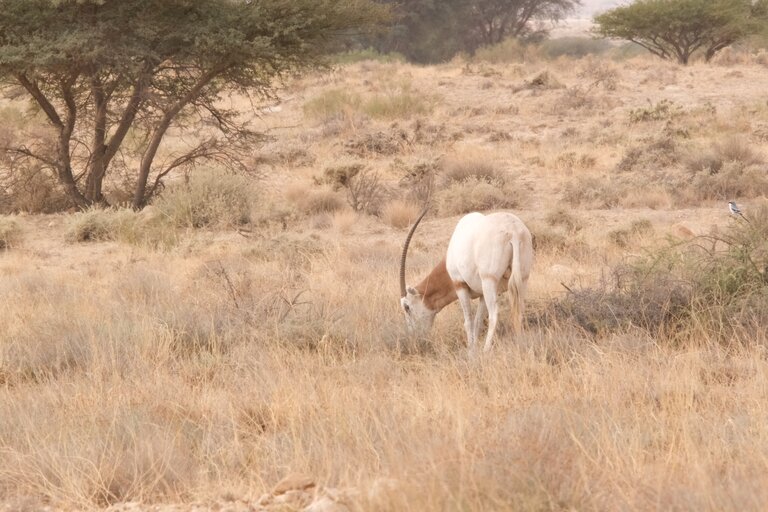
The ATRAKouda Association, beneficiary of the PPI OSCAN3, organized in partnership with the Erell Institute and the Tunisian Association of Wildlife (ATVS) beneficiary of TransCap1, a scientific camp on the lizards of the park. For 6 days, Tunisian university students in biology 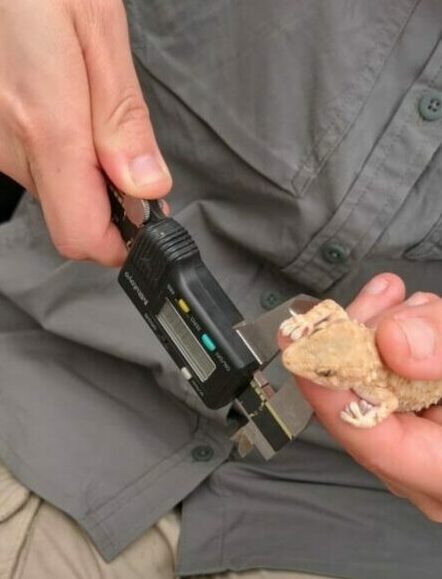 and ecology attended practical field courses in the different habitats of the savannah, a series of lectures and interactive workshops on lizard ethology, the study of animal behaviour under natural conditions. In particular, they were trained in practical skills such as experimental design and field sampling, techniques for observing lizard behaviour, data analysis and interpretation. Learning these skills helps introduce interested students to a future career in wildlife study and conservation.
and ecology attended practical field courses in the different habitats of the savannah, a series of lectures and interactive workshops on lizard ethology, the study of animal behaviour under natural conditions. In particular, they were trained in practical skills such as experimental design and field sampling, techniques for observing lizard behaviour, data analysis and interpretation. Learning these skills helps introduce interested students to a future career in wildlife study and conservation.
The participants also experienced a night in the rural accommodation Houch Bouhedma, created by the ATRAkouda association and managed by the local population. This rural cottage has been designed to reconcile tourism and scientific research with rural development for the benefit of the locals.
The 3 organizations, ATRAKouda, ATVS and the Erell Institute, have the common goal of bridging the gap between theoretical knowledge and field research in Tunisia. Indeed, in the example of Bouhedma National Park, despite its conservation status, the analysis of fauna and flora on the ground remains poorly developed and there is a lack of knowledge both on the biological wealth and on the threats present. Since 2018, as part of the PPI OSCAN 2 and now PPI OSCAN 3, the ATRAKouda association has been studying the ethology of the park’s species and setting up a participatory observatory to generate the knowledge necessary for its preservation and sustainable management.

©ATRAKouda
